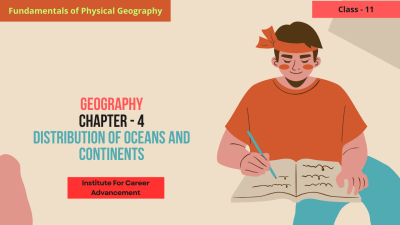Human Settlements - Class 12
 Compare
Compare
Human settlements are places where people live, work, and interact. This topic explores the different types of settlements, the factors influencing their location, and the challenges they face.
It covers:
Rural and urban settlements: their characteristics, distribution, and functions.
Factors affecting the location of settlements: physical, economic, and social factors.
Types of rural settlements: clustered, dispersed, and linear.
Problems of human settlements: overcrowding, pollution, traffic congestion, and lack of infrastructure.
Understanding human settlements is essential for comprehending the interaction between humans and the environment, as well as the challenges and opportunities presented by urbanization.
মানব বসতি হল এমন জায়গা যেখানে মানুষ বাস করে, কাজ করে এবং যোগাযোগ করে। এই বিষয়টি বিভিন্ন ধরনের বসতি, তাদের অবস্থানকে প্রভাবিত করার কারণগুলি এবং তারা যে চ্যালেঞ্জগুলির মুখোমুখি হয় তা অন্বেষণ করে।
এর মধ্যে রয়েছেঃ
গ্রামীণ ও শহুরে জনবসতিঃ তাদের বৈশিষ্ট্য, বিতরণ এবং ফাংশন।
বসতি স্থাপনের অবস্থানকে প্রভাবিত করে এমন কারণগুলিঃ শারীরিক, অর্থনৈতিক এবং সামাজিক কারণ।
গ্রামীণ জনবসতির প্রকারঃ গুচ্ছবদ্ধ, বিক্ষিপ্ত এবং রৈখিক।
মানব বসতির সমস্যাঃ অতিরিক্ত ভিড়, দূষণ, যানজট এবং অবকাঠামোর অভাব।
মানুষ এবং পরিবেশের মধ্যে মিথস্ক্রিয়া, পাশাপাশি নগরায়নের দ্বারা উপস্থাপিত চ্যালেঞ্জ এবং সুযোগগুলি বোঝার জন্য মানব বসতিগুলি বোঝা অপরিহার্য।



















